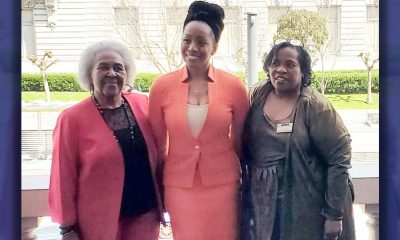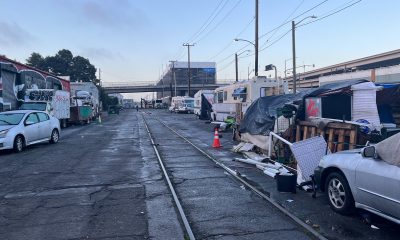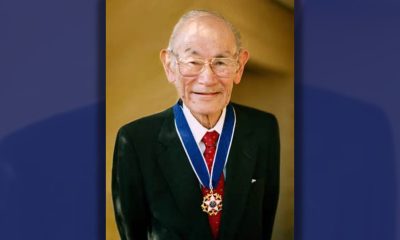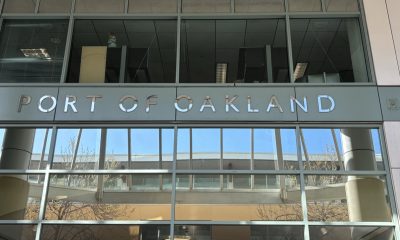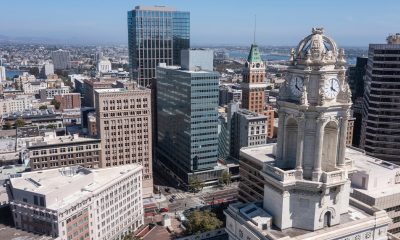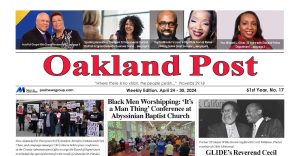City Government
Mayor Breed Announces Privately Funded Rewards for Information Leading to Conviction of Auto Burglary Fencing Operators
New initiative will bolster the success of recent strategic deployments to high-traffic tourism, workplace, and retail destinations
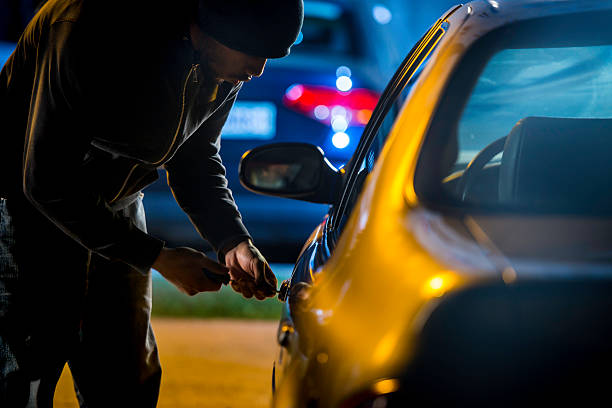
Mayor London N. Breed announced a privately funded cash reward for information leading to the arrest and conviction of individuals involved in organized criminal fencing operations known to fuel vehicle smash-and-grabs.
Announced Tuesday, this initiative builds on Breed’s recent expansion of community-based ambassadors and police patrols to high-traffic businesses, tourist, and retail destinations, which has resulted in a 37% drop in citywide auto burglaries from the year’s July 4 highpoint to the most recent reporting period.
The new initiative is a keystone element in a comprehensive auto burglary strategy that aims to educate motorists and visitors; deter, investigate and arrest active auto burglars; and shut down the upstream criminal enterprises that traffic in stolen goods, fueling street-level auto burglaries.
Investigators within the San Francisco Police Department and among regional law enforcement partner agencies in Northern California estimate that fewer than a dozen regular auto burglary crews are responsible for the large majority of auto burglaries that have plagued Bay Area cities in recent years.
“The frequent auto burglaries in San Francisco are not victimless crimes, they have real financial and emotional consequences for the victims and we’re continuing to work to hold people who commit these crimes accountable,” said Breed. “These break-ins hurt our residents, especially working families who do not have the time or money to deal with the effects, as well as visitors to our City whose experiences are too often tarnished after an otherwise positive experience.
“We’ve made good progress in recent months since announcing our Tourism Deployment Plan, but there’s still more work to do to ensure that everyone feels safe on our streets. I want to thank our partners in the private sector who understand the urgency of this issue, and we want to be very clear to the organized groups who are responsible for the vast majority of these crimes that we are committing the resources and the manpower to hold you accountable.”
The new cash reward system, which is being fully funded by private donors in the hospitality and tourism industry, will provide monetary incentives in exchange for information regarding high-level leaders of organized auto burglary fencing operations.
Individuals that provide accurate and transparent information will be compensated up to $100,000 pending the arrest and conviction of individuals involved. In total, funds raised are in excess of $225,000 so far.
“Organized crime has been driving a lot of the theft in this city. The people at the top have been raking in huge sums of money by paying street-level criminals to do all their stealing for them, making working families miserable in the process. This initiative is going to help us take these rings apart,” said Sharky Laguana, president of the Small Business Commission.
Recent initiatives helping to reduce auto burglaries
In recent months, Breed has announced the strategic deployments of police and community-based ambassadors to support San Francisco’s reemergence from COVID-19 restrictions and deter property crimes likely to accompany renewed economic activity — including auto burglaries.
Breed’s Tourism Deployment Plan, announced in July, assigned 26 additional police officers on bicycle and foot patrols to an array of high-traffic and highly sought-after travel destinations citywide.
Public safety deployments of police officers and community-based partners were also key elements of the Mayor’s Mid-Market Vibrancy and Safety Plan launched in May and the Organized Retail Crime Initiative, which Breed announced last month.
The combined emphasis on high-visibility patrols in areas long targeted by auto burglars has been instrumental in reducing auto burglary rates — even as tourism and economic activity begin returning to pre-pandemic levels.
The San Francisco Police Department has also stepped up its “Park Smart” public awareness campaign in recent months. Park Smart is a collaboration among SFPD, the San Francisco Municipal Transportation Agency, the Department of Emergency Management, SF SAFE, the Fisherman’s Wharf Community Benefit District, and local tourism and travel partners.
Educating motorists and visitors on how to help prevent vehicle burglaries by taking common-sense precautions, Park Smart’s recommended strategies when parking vehicles in San Francisco include placing items in trunks; never leaving valuables in view; and parking in lots staffed with attendants whenever possible.
2021 CompStat numbers on auto burglaries in San Francisco
According to San Francisco Police Department CompStat data, the 2021 highpoint for auto burglaries came just two weeks after California began to emerge from its COVID-19 lockdown, with 566 auto burglaries reported citywide for the week ending July 4, 2021.
Deployments of police and community-based patrols launched the following week under Mayor Breed’s Tourism Deployment Plan have since led to a sustained drop in auto burglaries — even with Fleet Week, San Francisco Giants post-season games, the return of Golden State Warriors’ games to Chase Center and other attractions ushering in a comeback in visitors to the City.
SFPD CompStat data for the most recently reported period, for the week ending Oct. 17, 2021, show that a total of 358 auto break-ins were committed in San Francisco — a drop of 37 percent from the July 4 holiday.
Auto burglary incident counts by year have generally trended down since 2017, when San Francisco recorded 31,409 such incidents. Although 2021 has predictably trended higher than the COVID-19 lockdown year of 2020, it remains well below pre-pandemic rates that reached 25,886 reported auto burglaries for the 2019 calendar year.
“Today’s announcement adds a promising new tool to the coordinated efforts of public and private sector partners to fight auto burglaries in San Francisco,” said Chief of Police Bill Scott. “We know the profit motives of a few upstream fencing operations are fueling thousands of auto burglaries and other kinds of thefts. This generously funded cash reward enables us to flip the script on profit motives — creating an incentive that can help us bring these criminal enterprises to justice.
“On behalf of all of us in the San Francisco Police Department, we’re grateful to the funders of this generous partnership with our City. We thank Mayor Breed for her leadership, and we’re pleased to see strategic deployments of our officers and our community partners making progress to keep auto burglaries down. We’re very hopeful that this new initiative will help make San Francisco’s so-far successful efforts on auto burglaries even more successful moving forward.”
Staff reductions due to unvaccinated officers won’t affect patrol functions
Given the San Francisco Police Department’s emphasis on adequately staffing such core police functions as patrol and investigations, reductions in force owing to unvaccinated SFPD members will have no effect on existing high-visibility deployments.
Most SFPD employees, including all sworn members, were required to be fully vaccinated by Oct. 13, 2021, under the City’s COVID-19 vaccination policy and the San Francisco County Health Officer’s “Safer Return Together” health order.
Following the October 13 deadline last Thursday, 76 SFPD officers — or 3.5% of the Department’s sworn members — remained unvaccinated and are ineligible to perform policing functions.
Activism
Oakland Post: Week of April 24 – 30, 2024
The printed Weekly Edition of the Oakland Post: Week of April 24 – 30, 2024
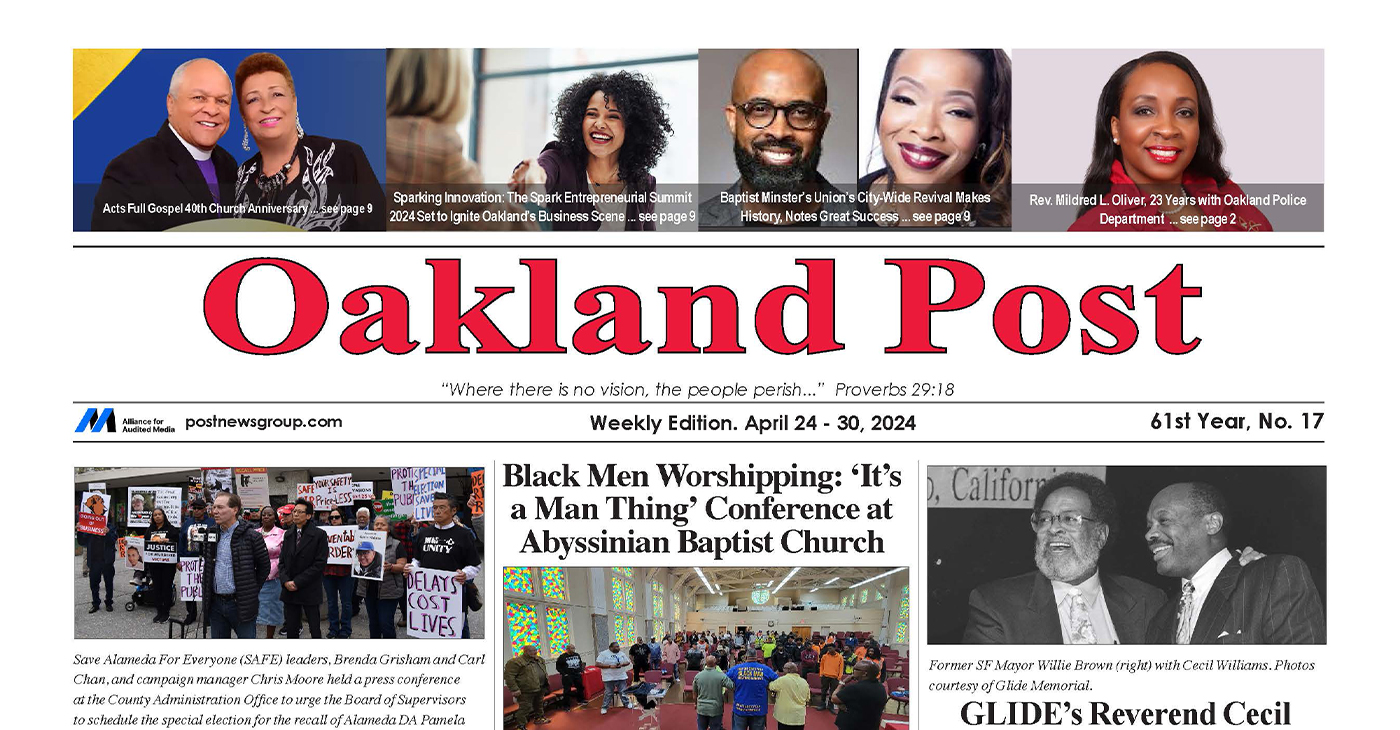
To enlarge your view of this issue, use the slider, magnifying glass icon or full page icon in the lower right corner of the browser window. ![]()
Alameda County
DA Pamela Price Stands by Mom Who Lost Son to Gun Violence in Oakland
Last week, The Post published a photo showing Alameda County District Attorney Pamela Price with Carol Jones, whose son, Patrick DeMarco Scott, was gunned down by an unknown assailant in 2018.
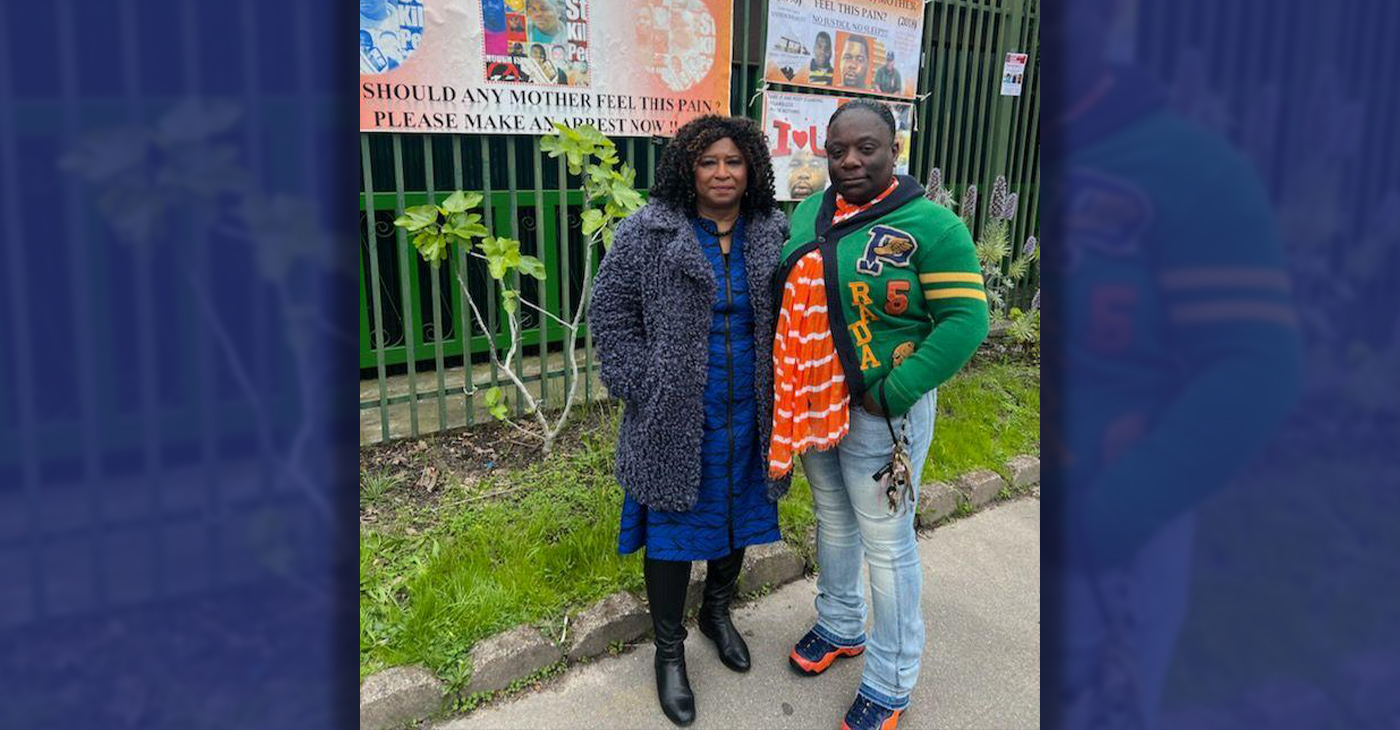
Publisher’s note: Last week, The Post published a photo showing Alameda County District Attorney Pamela Price with Carol Jones, whose son, Patrick DeMarco Scott, was gunned down by an unknown assailant in 2018. The photo was too small for readers to see where the women were and what they were doing. Here we show Price and Jones as they complete a walk in memory of Scott. For more information and to contribute, please contact Carol Jones at 510-978-5517 at morefoundation.help@gmail.com. Courtesy photo.
City Government
Vallejo Welcomes Interim City Manager Beverli Marshall
At Tuesday night’s Council meeting, the Vallejo City Council appointed Beverli Marshall as the interim city manager. Her tenure in the City Manager’s Office began today, Wednesday, April 10. Mayor Robert McConnell praised Marshall’s extensive background, noting her “wide breadth of experience in many areas that will assist the City and its citizens in understanding the complexity of the many issues that must be solved” in Vallejo.
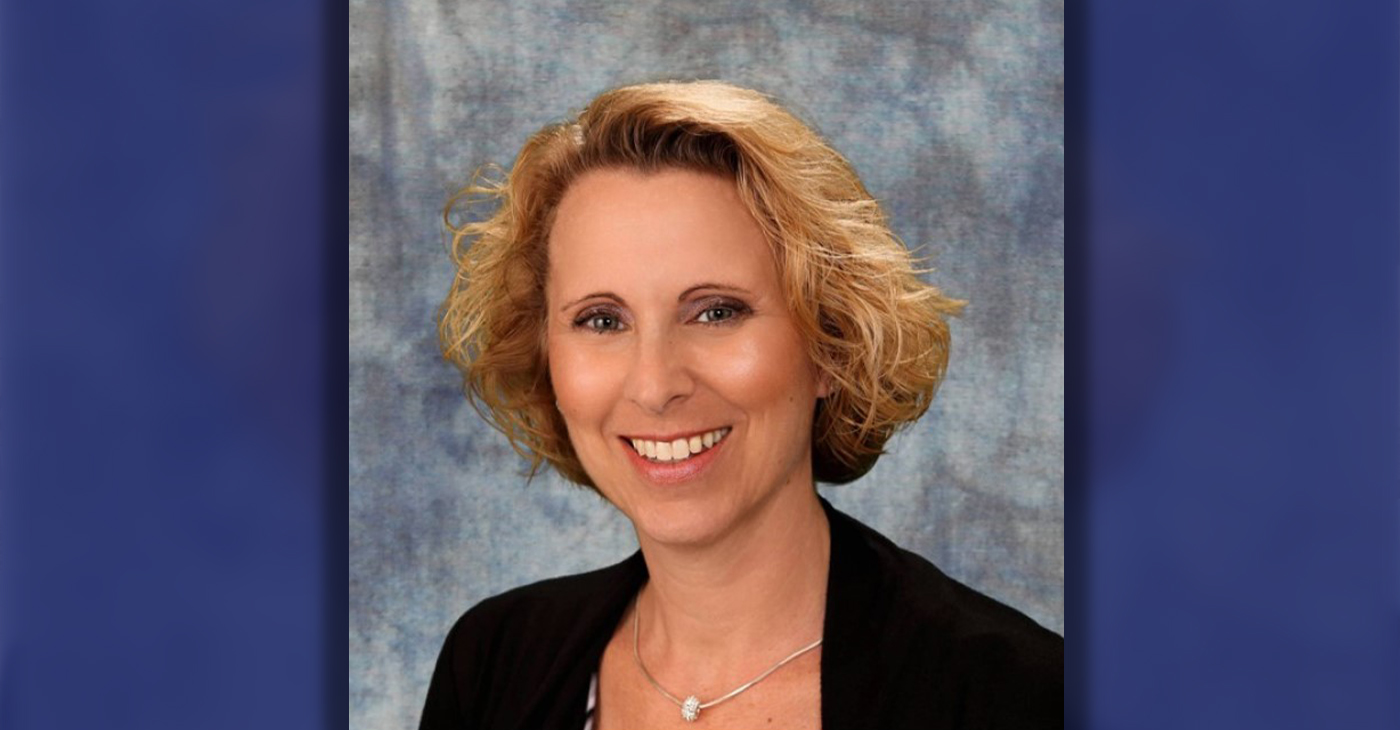
Special to The Post
At Tuesday night’s Council meeting, the Vallejo City Council appointed Beverli Marshall as the interim city manager. Her tenure in the City Manager’s Office began today, Wednesday, April 10.
Mayor Robert McConnell praised Marshall’s extensive background, noting her “wide breadth of experience in many areas that will assist the City and its citizens in understanding the complexity of the many issues that must be solved” in Vallejo.
Current City Manager Michael Malone, whose official departure is slated for April 18, expressed his well wishes. “I wish the City of Vallejo and Interim City Manager Marshall all the best in moving forward on the progress we’ve made to improve service to residents.” Malone expressed his hope that the staff and Council will work closely with ICM Marshall to “ensure success and prosperity for the City.”
According to the Vallejo Sun, Malone stepped into the role of interim city manager in 2021 and became permanent in 2022. Previously, Malone served as the city’s water director and decided to retire from city service e at the end of his contract which is April 18.
“I hope the excellent work of City staff will continue for years to come in Vallejo,” he said. “However, recent developments have led me to this decision to announce my retirement.”
When Malone was appointed, Vallejo was awash in scandals involving the housing division and the police department. A third of the city’s jobs went unfilled during most of his tenure, making for a rocky road for getting things done, the Vallejo Sun reported.
At last night’s council meeting, McConnell explained the selection process, highlighting the council’s confidence in achieving positive outcomes through a collaborative effort, and said this afternoon, “The Council is confident that by working closely together, positive results will be obtained.”
While the search for a permanent city manager is ongoing, an announcement is expected in the coming months.
On behalf of the City Council, Mayor McConnell extended gratitude to the staff, citizen groups, and recruitment firm.
“The Council wishes to thank the staff, the citizens’ group, and the recruitment firm for their diligent work and careful consideration for the selection of what is possibly the most important decision a Council can make on behalf of the betterment of our City,” McConnell said.
The Vallejo Sun contributed to this report.
-

 Activism4 weeks ago
Activism4 weeks agoOakland Post: Week of March 27 – April 2, 2024
-

 #NNPA BlackPress4 weeks ago
#NNPA BlackPress4 weeks agoBeloved Actor and Activist Louis Cameron Gossett Jr. Dies at 87
-
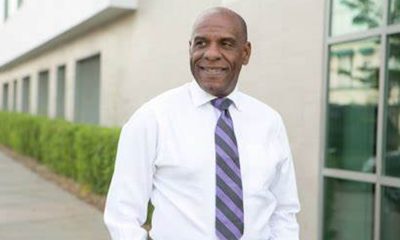
 Community2 weeks ago
Community2 weeks agoFinancial Assistance Bill for Descendants of Enslaved Persons to Help Them Purchase, Own, or Maintain a Home
-
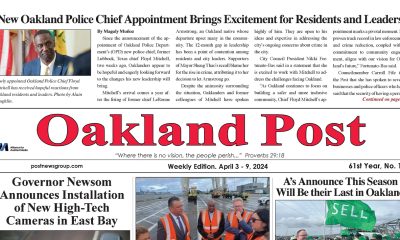
 Activism3 weeks ago
Activism3 weeks agoOakland Post: Week of April 3 – 6, 2024
-

 Business2 weeks ago
Business2 weeks agoV.P. Kamala Harris: Americans With Criminal Records Will Soon Be Eligible for SBA Loans
-
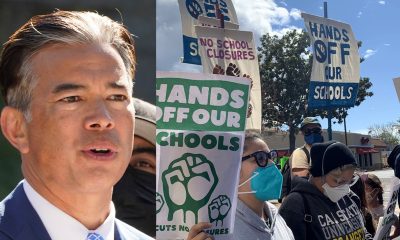
 Community2 weeks ago
Community2 weeks agoAG Bonta Says Oakland School Leaders Should Comply with State Laws to Avoid ‘Disparate Harm’ When Closing or Merging Schools
-
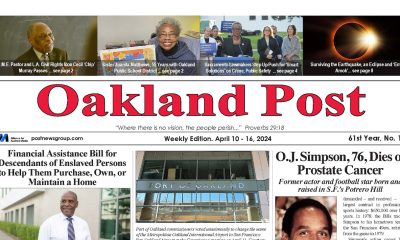
 Activism2 weeks ago
Activism2 weeks agoOakland Post: Week of April 10 – 16, 2024
-
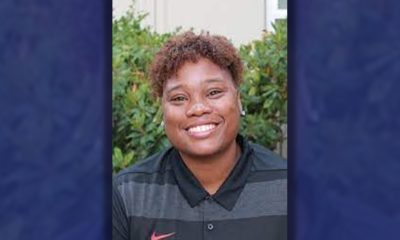
 Community1 week ago
Community1 week agoOakland WNBA Player to be Inducted Into Hall of Fame

